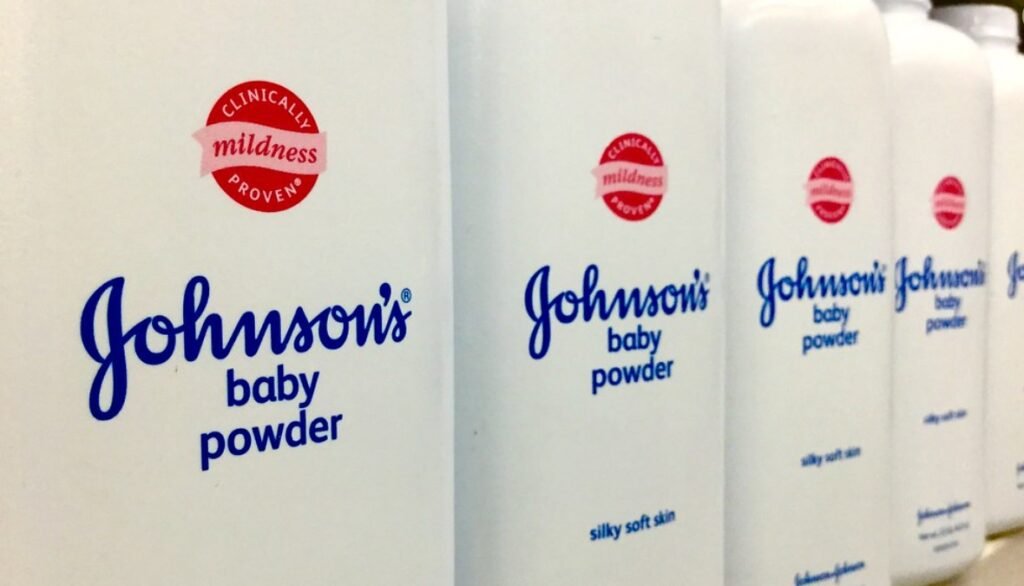Johnson & Johnson, the world’s largest healthcare company, has agreed to pay $700 million to resolve an investigation by 43 US states into its marketing of talc-based baby powder and other products. The settlement, announced on Tuesday, is part of a larger effort by the company to end the legal battles over the safety of its talc products, which have been linked to cancer by thousands of plaintiffs.
The investigation by the states, led by New York Attorney General Letitia James, began in 2019 and focused on whether J&J violated consumer protection laws by failing to warn consumers about the potential health risks of its talc products, including ovarian cancer and mesothelioma, a rare form of lung cancer. The states also accused J&J of misleading consumers by claiming that its talc products were pure, natural, and safe, despite knowing that they contained asbestos, a known carcinogen.

The settlement with the states does not include any admission of liability or wrongdoing by J&J, nor does it resolve the individual lawsuits filed by more than 50,000 plaintiffs who claim that they developed cancer after using J&J’s talc products. J&J has denied that its talc products cause cancer or contain asbestos, and has won a majority of the trials so far. However, it has also faced some significant verdicts, including a $2.1 billion award to 22 women in Missouri in 2018, which was upheld by the US Supreme Court last year.
How does J&J plan to resolve the talc litigation?
J&J has been trying to find a comprehensive and final resolution of the talc litigation, which has been a major drag on its reputation and finances. In 2020, the company announced that it would stop selling its talc-based baby powder in the US and Canada, citing declining demand and misinformation about the product. It also created a subsidiary, called LTL, to handle the talc claims and proposed a bankruptcy plan that would establish a $9 billion trust fund to compensate the plaintiffs. However, the bankruptcy plan has been rejected by two federal judges, who ruled that LTL was not insolvent and could not use the bankruptcy system to shield J&J from the talc lawsuits.
J&J said that it will continue to pursue several paths to achieve a global settlement of the talc litigation, and that the agreement with the states was a positive step in that direction. “The company continues to pursue several paths to achieve a comprehensive and final resolution of the talc litigation. As was leaked last week, that progress includes an agreement in principle that the company reached with a consortium of 43 state attorneys general to resolve their talc claims,” said Erik Haas, worldwide vice president of litigation for J&J, in a statement. “We will continue to address the claims of those who do not want to participate in our contemplated consensual bankruptcy resolution through litigation or settlement.”
What are the implications of the talc settlement?
The talc settlement with the states is a significant development for J&J, as it removes a major source of uncertainty and potential liability for the company. The settlement also shows that J&J is willing to negotiate and compromise with the authorities and the plaintiffs, rather than fight every case in court. The settlement may also pave the way for a broader resolution of the talc litigation, which could involve a combination of bankruptcy, settlement, and litigation strategies.
However, the talc settlement does not mean that J&J’s talc troubles are over. The company still faces thousands of individual lawsuits from consumers who allege that they developed cancer from using its talc products. The company also faces scrutiny from other regulators, such as the US Food and Drug Administration and the US Securities and Exchange Commission, over its handling of the talc issue. Moreover, the talc settlement may not satisfy some of the plaintiffs and their lawyers, who may demand higher compensation or more accountability from J&J. Therefore, J&J will have to continue to defend its talc products and its reputation in the court of law and public opinion.
